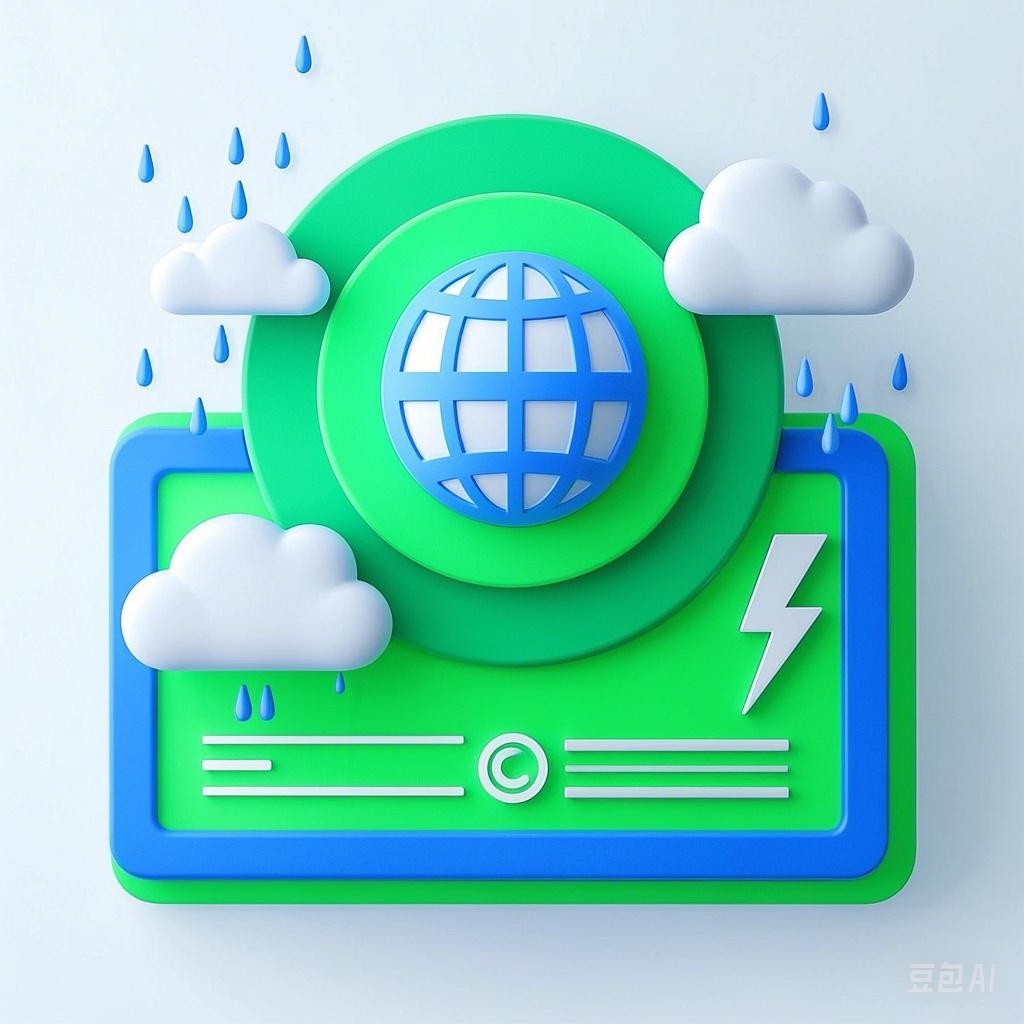Introduction
Earthquakes and other geohazards pose significant threats to human life and property. Being aware of these dangers and knowing how to stay alert can be a lifesaver. This article will explore the various types of geohazards, the warning signs to look out for, and practical steps to take to ensure your safety during an earthquake or another geohazard event.
Understanding Geohazards
Types of Geohazards
- Earthquakes: The sudden release of energy in the Earth’s crust, causing seismic waves that can result in ground shaking.
- Volcanic Eruptions: The violent ejection of lava, ash, and gases from a volcano.
- Landslides: The rapid movement of rock, soil, and debris down a slope.
- Tsunamis: Large waves generated by underwater disturbances, such as earthquakes or volcanic eruptions.
- Tsunami Waves: A series of high-amplitude waves that travel across the ocean.
Risk Assessment
Understanding the risk associated with geohazards in your area is crucial. This involves:
- Identifying Vulnerable Areas: Areas prone to earthquakes, volcanic activity, or landslides.
- Assessing Infrastructure: Determining the resilience of buildings and infrastructure to withstand geohazards.
- Monitoring Seismic Activity: Keeping track of seismic activity in your region to anticipate potential earthquakes.
Warning Signs and Indicators
Earthquakes
- Landslides: Small landslides or rockfalls may occur before a large earthquake.
- Animals: Animals may exhibit unusual behavior, such as staying close to their nests or becoming agitated.
- Cracks: New or widening cracks in the ground or walls may indicate stress in the Earth’s crust.
Volcanic Eruptions
- Loud Noises: Deep rumbling or booming sounds coming from the volcano.
- Smell of Sulfur: A strong, unpleasant smell of sulfur may indicate volcanic activity.
- Ashfall: The presence of ash in the air or on the ground.
Landslides
- Sudden Ground Movement: The ground may start to move or crack.
- Changes in Water Flow: Streams or rivers may change their course or water levels may drop suddenly.
- Tree Damage: Trees may be leaning or their branches may break off.
Tsunamis
- Strong Ground Shaking: An earthquake that causes the ground to shake for an extended period.
- Rising Water: The ocean’s surface may suddenly recede or rise rapidly.
- Loud Noises: A low, rumbling sound may be heard before the wave arrives.
Staying Alert
Preparing for an Earthquake
- Develop an Emergency Plan: Create a plan for your family, including a meeting place and an evacuation route.
- Stock an Emergency Kit: Include water, food, first aid supplies, a flashlight, and a battery-powered radio.
- Secure Your Home: Secure heavy furniture, bookshelves, and other items that could fall over during an earthquake.
- Know the Drop, Cover, and Hold On Method: Drop to the ground, take cover under a sturdy piece of furniture, and hold on until the shaking stops.
Preparing for Other Geohazards
- Follow Local Authorities: Stay informed about the latest warnings and instructions from local authorities.
- Evacuate if Necessary: If you are advised to evacuate, do so immediately.
- Use Emergency Shelters: If you cannot stay in your home, find an emergency shelter.
Conclusion
Staying alert for earthquake and other geohazard threats is essential for personal safety and the well-being of your community. By understanding the risks, recognizing warning signs, and taking appropriate precautions, you can be better prepared to face these dangers. Remember, knowledge and preparedness are your best defenses against the unpredictable forces of nature.
